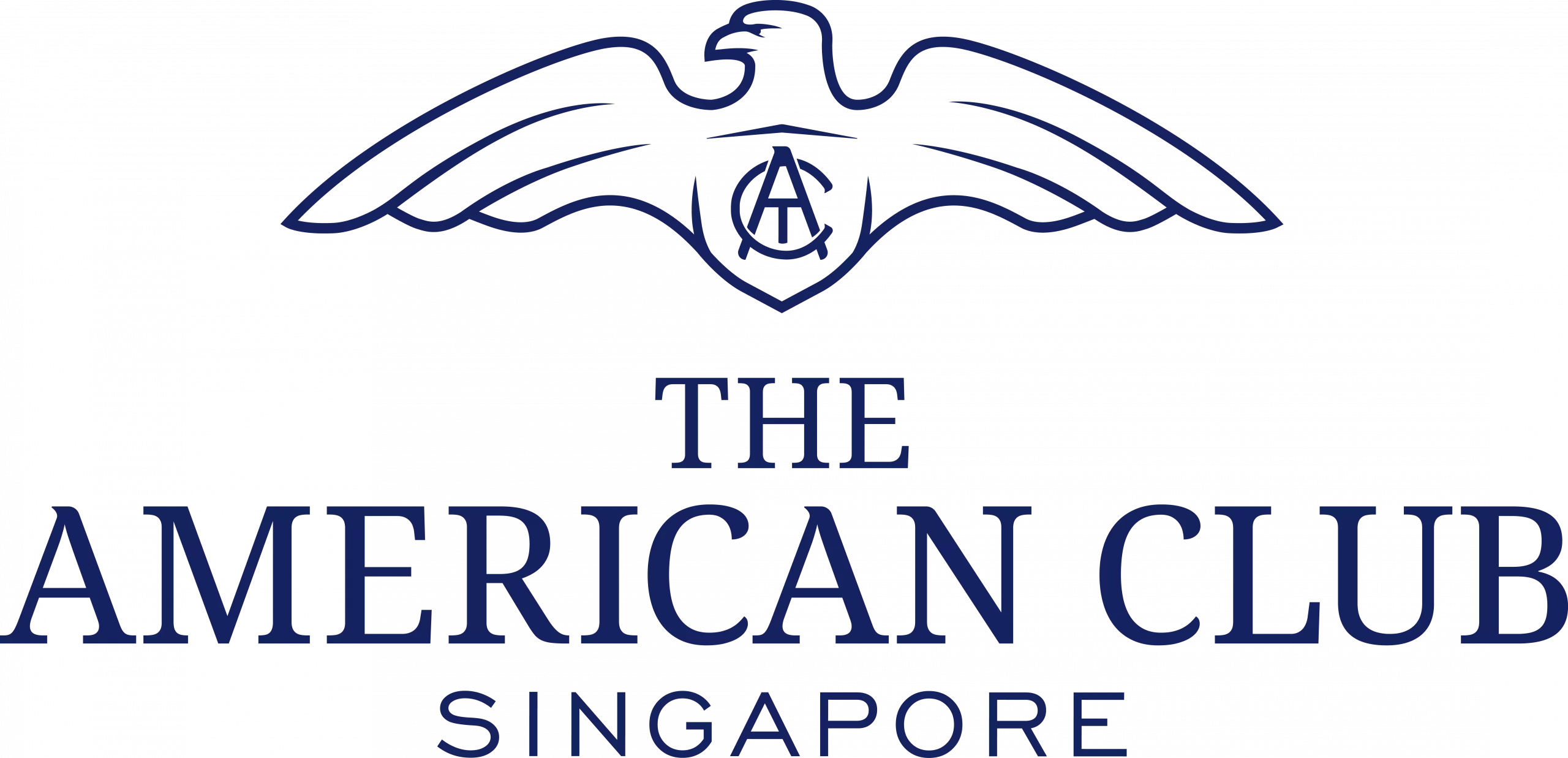Table of Contents
Why should we warm-up before a swim session?
Before diving into the pool, it is crucial to ensure that your body is ready to take to the waters. Warm-up exercises allow swimmers to improve their performance as well as reduce the chance of injury. More specifically, warm-ups help to:
- Boost blood flow and oxygen to the muscles
- Increase flexibility in the muscles and reduce the chance of strains or sprains
- Enhance your cardiovascular system by gradually increasing your heart rate and breathing rate
Strength training exercises for beginner swimmers
Swimming is a fantastic full-body workout which requires a lot of physical strength. For that reason, a simple 10-minute warm-up is not enough. You need exercises that can actually contribute to muscle building and improve your swimming performance. As a beginner swimmer, start with basic exercises and gradually increase intensity as your endurance improves. Below is a list of recommended exercises for the different body parts:
Notes for you:
A rep refers to a repetition of an exercise.
A set refers to a group of repetitions (or reps) of that exercise.
Upper body parts
Side-to-side Push Ups
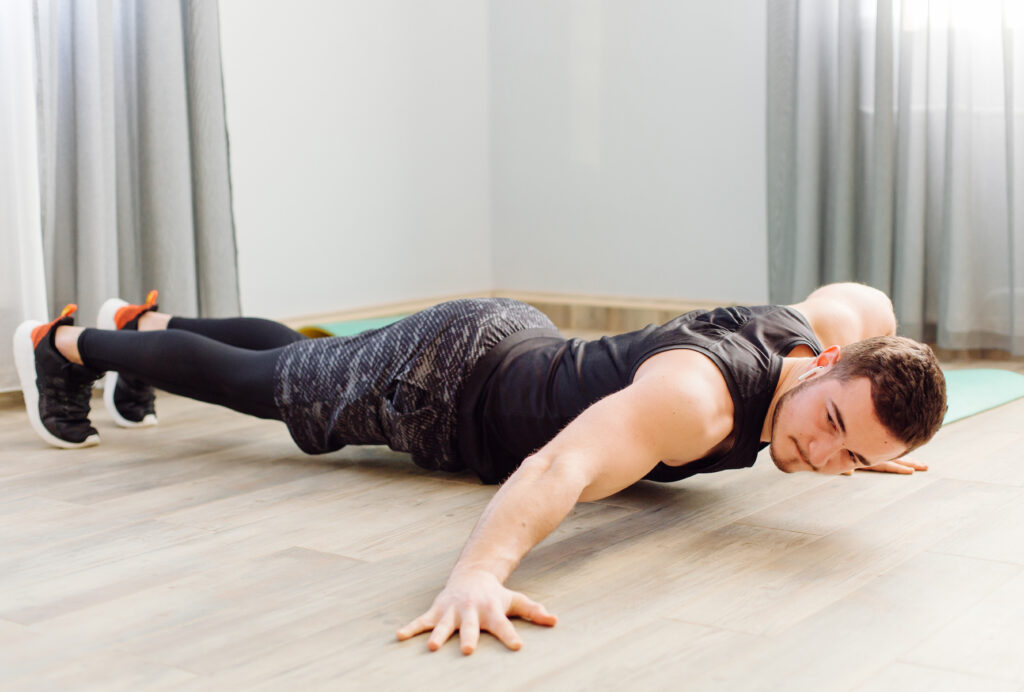
Step 1: Like a regular push-up, start with your body straight and palms facing the floor. The two palms position should be slightly wider than your shoulders so that they can fully support the body.
Step 2: Once you’ve reached the top of the push-up position, start leaning to one side and bend the elbows to lower your body.
Step 3: Repeat steps 1 and 2 but this time, lean to the other side. Bear in mind that your arms should create a 20 to 45-degree angle with your body to prevent injuries to your joints and tissues.
Reps and sets: Four sets of four to 12 reps, on each side.
Tips:
- Keep your body straight and prevent your hips from dropping to avoid back pain.
- Avoid twisting your body during the exercise.
Arm Swings (forward and backward)
This exercise focuses on your arm movement and strengthens your shoulder muscles for swimming.
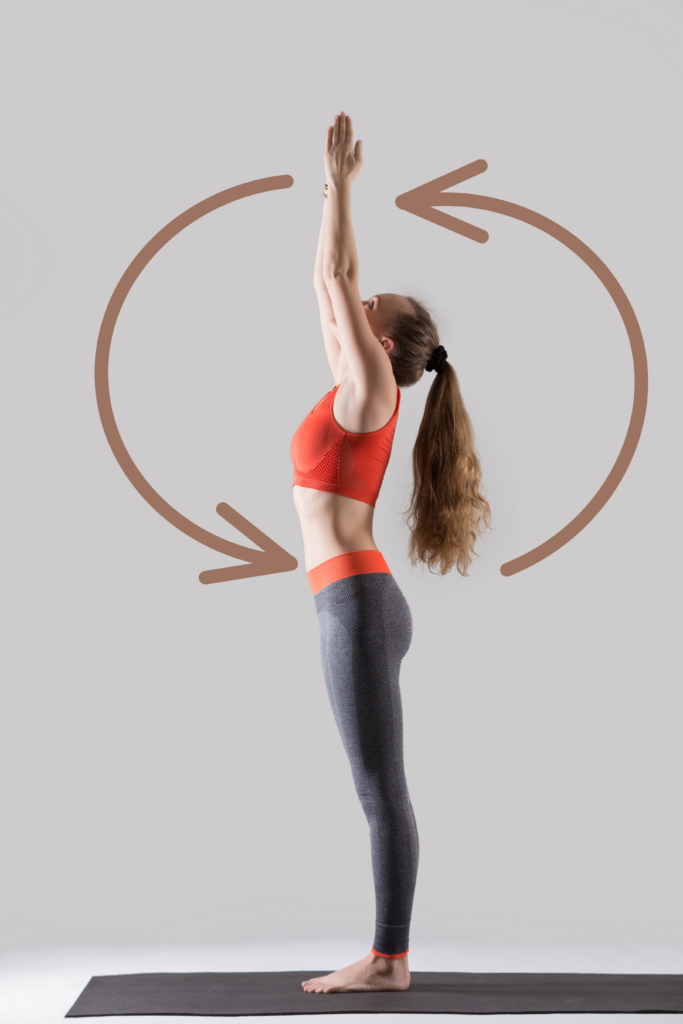
Step 1: Position your feet a little wider than your shoulders. Raise your arms straight above your head to create a v-shape position.
Step 2: Bring both hands forward (horizontal with the ground) while keeping them straight, and finish half of the circle at vertical arm position with your arms pointing down to the ground.
Step 3: Continue to bring both hands backwards (horizontal with the ground) and end a cycle at the v-shape position with both arms above your head.
Reps and sets: Practice continuously for one minute.
Tips:
- During the exercise, keep the movements smooth and continuous.
- If you experience any pain during the exercise, stop immediately and consult a medical professional.
Push-up T-twist
The number one exercise for your chest, triceps, core, and obliques.
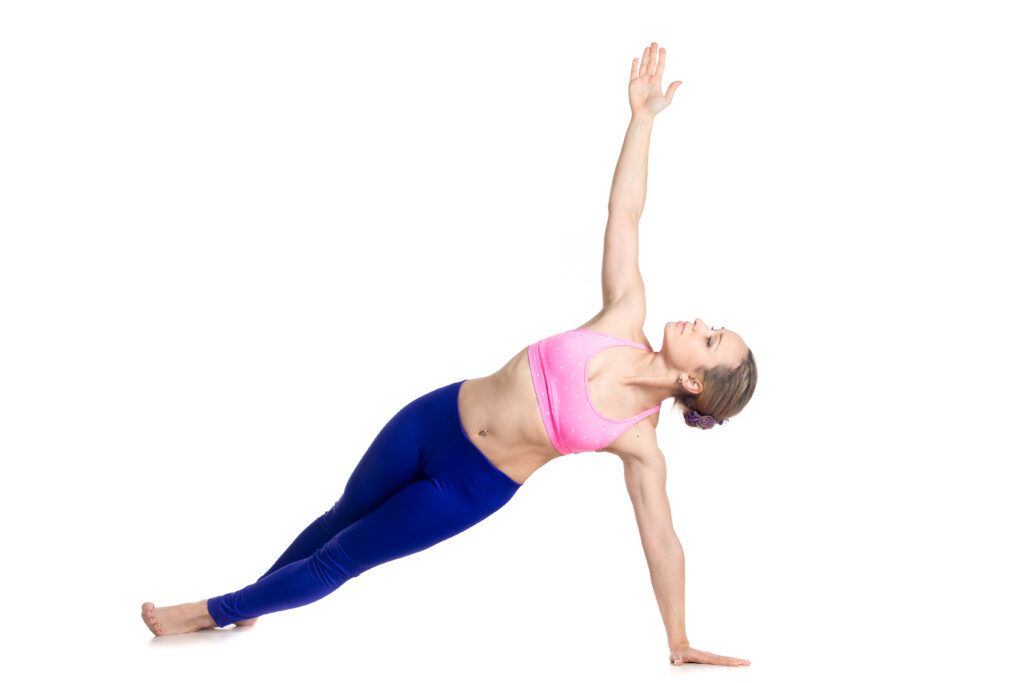
Step 1: Start with a high plank position, in which your arms are straightened upwards to support your body weight, and your feet together.
Step 2: Continue to lower your body as you would during a regular push-up until your chest meets the floor. Maintain your elbows close to your torso and maintain your entire body straight.
Step 3: While pushing yourself back to starting position, raise your right arm straight to the sky (as illustrated in the image). Throughout the process, keep both of your feet close and your hips facing the ground.
Step 4: Lower your right arm back to the floor and repeat the movement on the left side to complete one repetition.
Reps and sets: Three sets of five to 10 reps.
Tips:
- Keep your balance and don’t swing or twist your body around too much.
- To maintain stability and prevent your hips from dropping, keep your core engaged throughout the entire exercise.
Lower body parts
Squat jump
An effective exercise to develop lower body strength, which allows you to perform better in swimming.
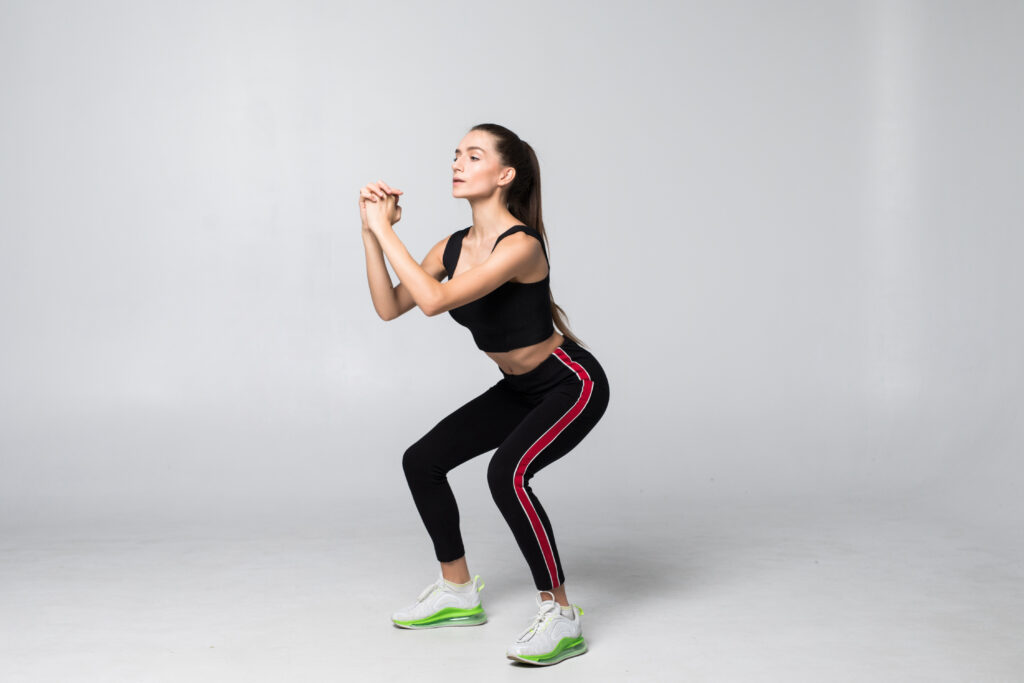
Step 1: Start with your feet at shoulder length apart and your arms resting at the sides.
Step 2: Lower your body like you’re squatting (bending your knee and pushing your hips back) while keeping your back straight.
Step 3: Jump upwards while extending your legs and pushing your hips forward.
Step 4: Land softly on the ground and you’ve completed one repetition.
Reps and sets: Two to three sets of 10-15 reps
Tips:
- Keep your knee aligned with your toes to stay balanced
- Focus the strength to your core and keep your back straight during the entire workout
- Try to land softly and focus the strength on your hips and legs.
Leg Raises
Help strengthening and toning your lower abdominal muscles

Step 1: Lie flat on a mat with your arms to the side to create a T-shape position.
Step 2: Keep your legs straight and together. Then, slowly raise them up to create a 90-degree angle to the ground.
Step 3: Hold the position for a few seconds, and lower your legs back to the starting point.
Reps and sets: Two to three sets of 10-15 reps
Tips:
- Keep your back as close to the ground as possible to avoid injuries.
- As you raise your legs, inhale, and as you bring them back down, exhale.
Flutter Kicks

Step 1: With your arms at your sides and your legs stretched out, lie flat on the ground or an exercise mat.
Step 2: While keeping your back firmly to the floor, raise your legs about six inches off the ground.
Step 3: Legs straightened, kick alternately up and down quickly, as if you are swimming.
Reps and sets: Two to three sets of 30-60 seconds each
Tips:
- To maintain stability and control throughout the exercise, focus strength on your core.
- Avoid arching your back by pressing it firmly onto the floor with your lower back.
- Keep your legs straight and close together throughout the workout.
Core training and better balancing
Planking
One of the basic exercises for strengthening your core muscles, including your abs, back, and hips.
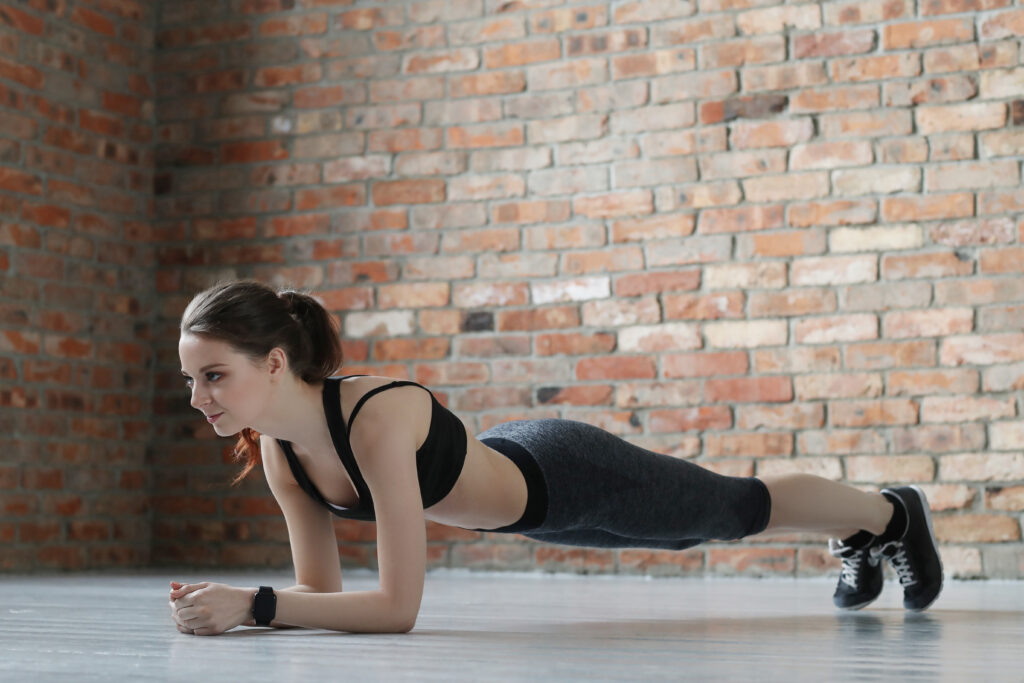
Step 1: With your arms straight and your palms shoulder-width apart, begin in the push-up position.
Step 2: Keep your elbows behind your shoulders as you lower your forearms to the ground.
Step 3: Place your weight on the balls of your feet as you extend your legs straight behind you.
Step 4: Pulling your belly button toward your spine will help you engage your core. Avoid dropping or elevating your hips excessively; instead, keep your body in a straight line from your head to your heels. Hold the posture for about 30 seconds to one minute.
Reps and sets: Aim for two to three sets of 30-60 seconds plank
Tips:
- Keep your elbows just behind your shoulders and your forearms parallel to one another.
- Maintain a neutral neck posture while gazing down at the ground.
- To remain stable , engage your thighs and glutes in the exercise.
Kneeling Superman
This exercise is a great way to target your lower back muscles and improve spinal stability.
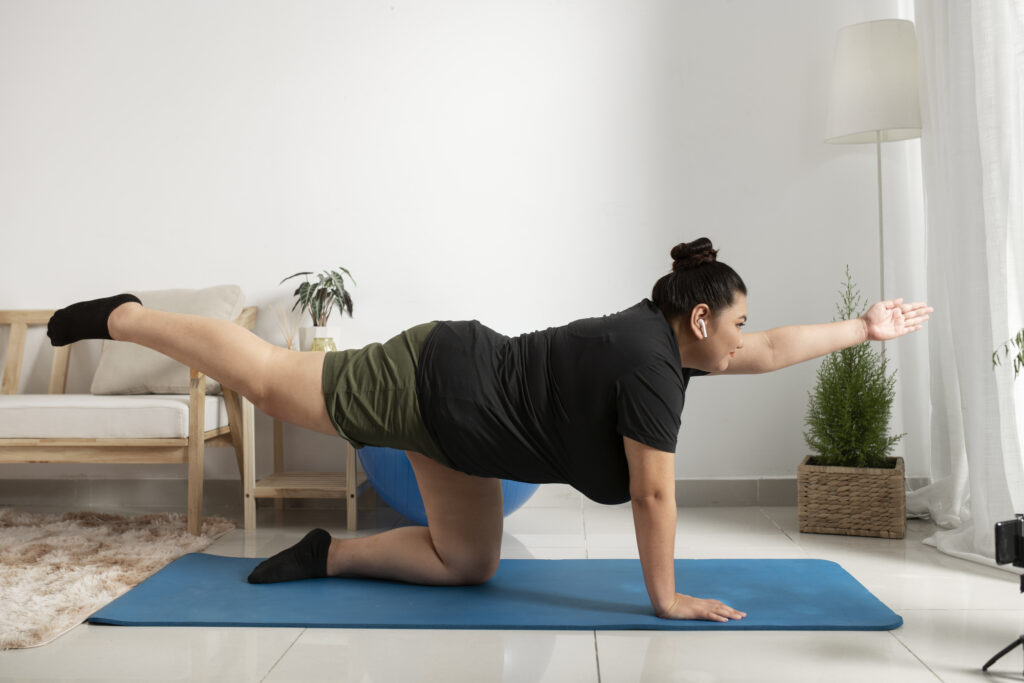
Step 1: Start by kneeling on a mat or the floor with your palms flatten on the ground, shoulder-wide.
Step 2: Raise your right hand up, horizontal with the ground, and at the same time, lift your right leg off the ground behind you, keeping your knee straight.
Step 3: Hold the position for a few seconds, then lower your leg and return to the starting position.
Reps and sets: Two to three sets of 10-12 reps
Tips:
- Throughout the exercise, maintain a straight spine and don’t let your back arch.
- If you find the exercise to be too difficult, try to lift on foot first, and then, practice with the corresponding hand.
Crab Toe Touch
A challenging exercise that targets multiple muscle groups, including the abs, obliques, and triceps.
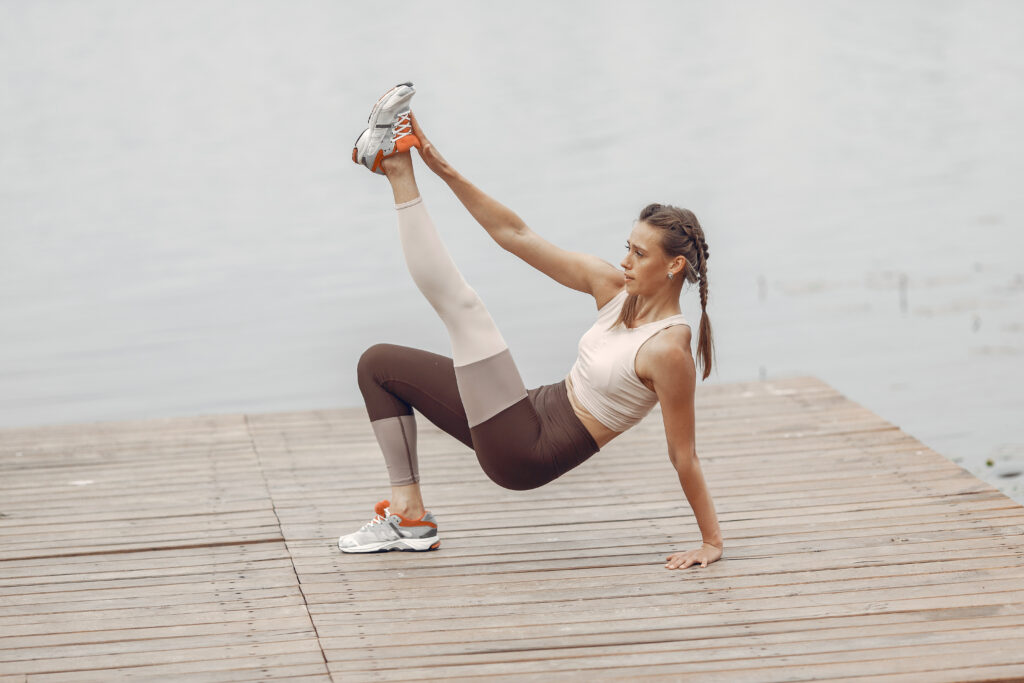
Step 1: Begin by taking a seat on the ground with your knees bent and your feet flat on the ground. Place your hands behind your hips with the tips of your fingers pointing down toward your feet.
Step 2: Raise your hips off the floor to form a “tabletop” position with your body.
Step 3: Use your left hand to reach for the right toes. Repeat the same movement with the other side.
Reps and sets: Two to three sets of 10-12 reps on each side
Tips:
- Throughout the workout, keep your shoulders relaxed and elbows straight.
- To maintain stability and control, keep your hips up and your abdominal muscles contracted.
Frequently Asked Questions
Does The American Club offer swimming lessons?
The American Club offers a variety of aquatic classes for Members of all ages to improve their swimming skills, build endurance, and enhance overall fitness. We also provide private and group swimming lessons led by some of the best instructors in Singapore, who provide personalized coaching and feedback.
Click here to learn more about our swimming programs.
What happens when you swim everyday?
Regular swimming helps to develop muscles in your body, increase endurance, and benefit cardiovascular health. Additionally, it can aid with weight control, increase lung capacity, flexibility, and balance improvements.
What is the SwimAmerica program?
SwimAmerica, operated by American swimming coaches, is a leading learn-to-swim program worldwide. The American Club is the only place in Singapore that offers this top-notch swimming program.
Developed by the renowned USA Olympic Swimming Team, the program instills a love for swimming in participants. We prioritize safety by ensuring mastery of essential skills and foster confidence through effective swimming techniques. From the very first lesson, our expertly designed curriculum emphasizes efficient techniques, encompassing proper breathing, effective kicking, stroking, and streamlining. By focusing on efficiency, we create swimmers who are both fast and skilled in the water.
Who is your head swim coach?
Greg Fasala, the Aquatics Head Coach of the Club, is a highly accomplished former Australian sprint freestyle swimmer.
Here are some of his major accomplishments:
- A silver medal at the 1984 Summer Olympics in Los Angeles
- A gold medal in the 4×100-meter freestyle relay at the 1982 Commonwealth Games
- A gold medal at the 1986 Commonwealth Games in Scotland
The Head Coach oversees the swim team’s operations including maintaining open communication with parents and coaching swimmers to achieve their best performance. Greg also takes on the crucial task of guiding, mentoring, and training the other coaches to ensure optimal support for all Members of the Club’s swim team.
